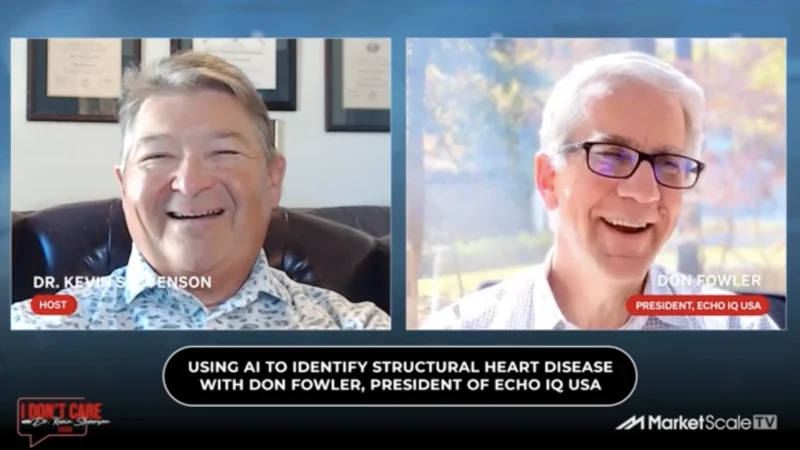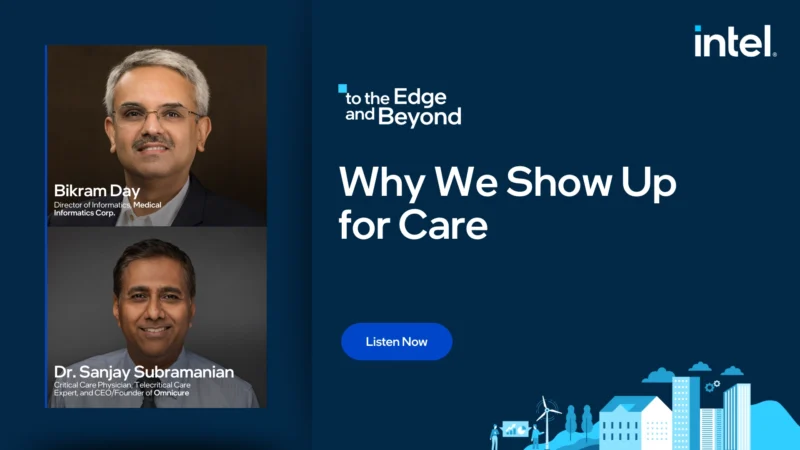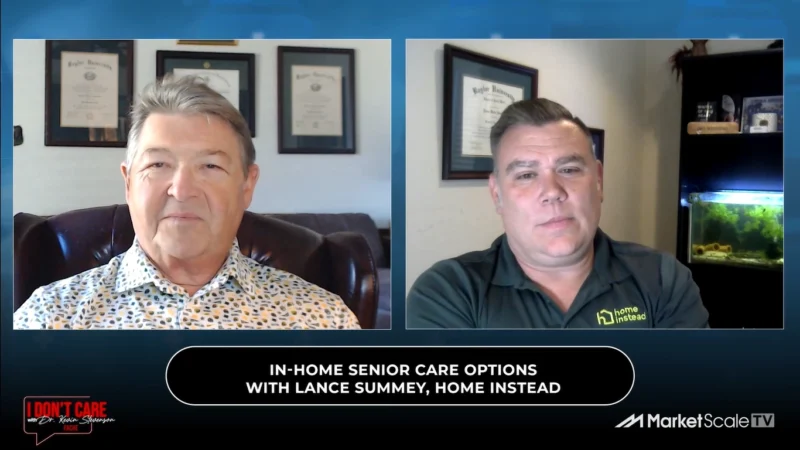CurveBeam Connect: How CT Became A Primary In-Office Modality
Dr. David Soomekh is a board-certified foot and ankle specialist and surgeon and founder of the Foot & Ankle Specialty Group in Beverly Hills, CA. Soomekh specializes in sports medicine and reconstructive foot and ankle surgery.
He’s practiced foot and ankle medicine and surgery for the past 20 years, and his goal is to provide a one-stop-shop for patients from examination to diagnosis to treatment.
To do that, Soomekh relies on on-site imaging and diagnostic equipment.
“Everything is all here at the facility, so I can treat patients from A-Z,” Soomekh said.
That includes a Cone Beam CT imaging system.
“What’s the most important thing for a physician to decide is how a technology is going to change my practice in terms of how this will help the patient and help me guide them into a better diagnosis, which then leads to better treatment,” Soomekh said.
The onset of COVID-19 provided an added benefit to having imaging equipment on-site by allowing for fewer patient appointments.
“Patients are fearful of having to go to multiple places to have the various steps of the diagnosis process performed,” Sommekh said. “In my office, a patient is only coming for a foot and ankle issue. You’re not going to have a sick patient here waiting to get an MRI or a CT.”
For the latest news, videos, and podcasts in the Healthcare Industry, be sure to subscribe to our industry publication.
Follow us on social media for the latest updates in B2B!
Twitter – @MarketScale
Facebook – facebook.com/marketscale
LinkedIn – linkedin.com/company/marketscale




